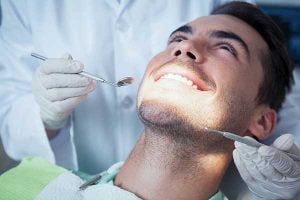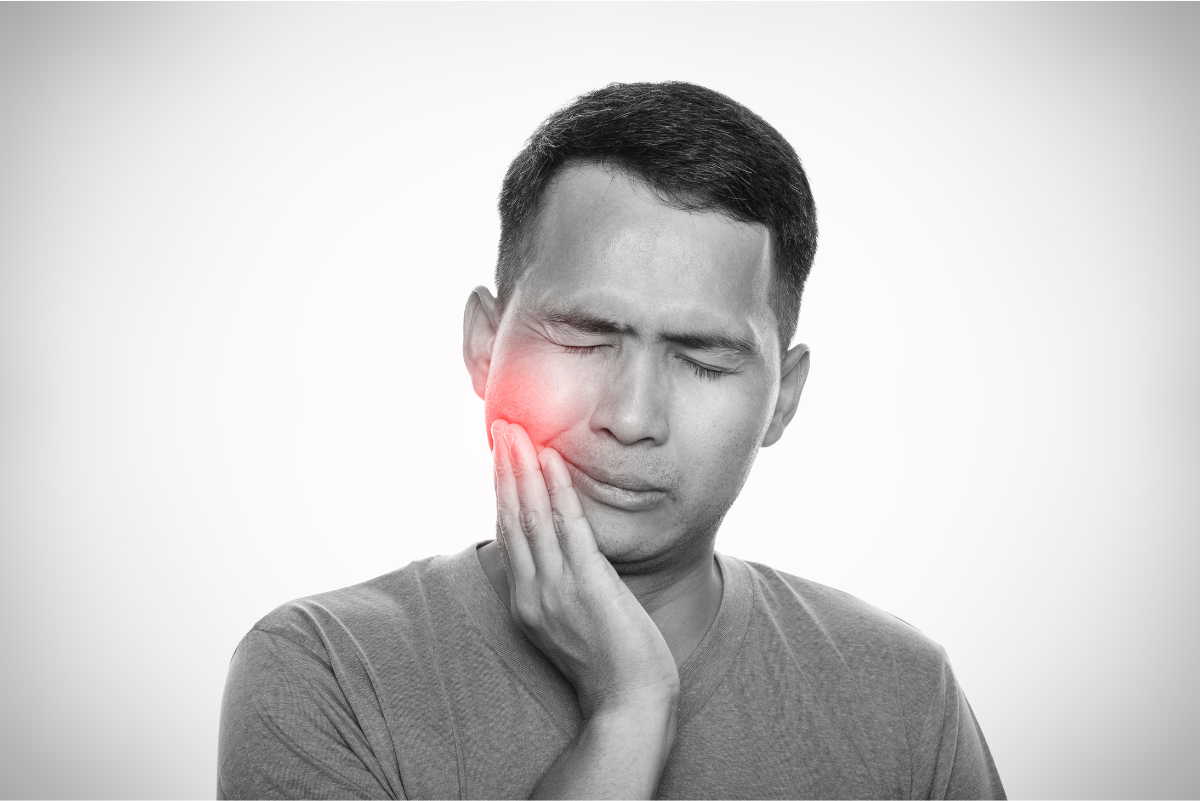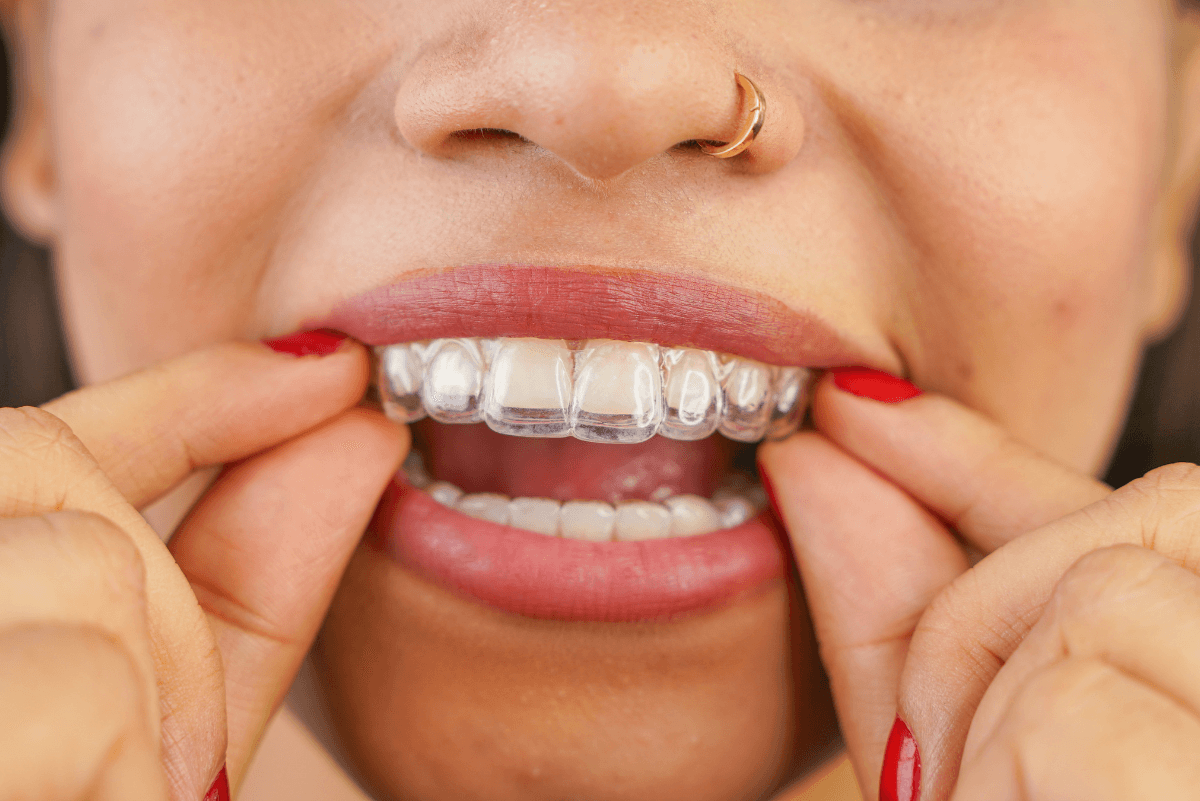The feeling of a dry mouth, or xerostomia, is a very common condition affecting about 20% of our patients.
Dry mouth is often a side effect of taking certain medications (antidepressants, high blood pressure medications, muscle relaxants, antihistamines etc), but can also be caused by radiation therapy for cancer, aging, or by a disease that directly affects the salivary glands called Sjogren’s Syndrome.
Symptoms of dry mouth may range from mild oral discomfort to significant oral disease that can negatively impact patients’ health, dietary intake, and quality of life. It also significantly increases a patients risk of getting cavities, as saliva is a critical factor in protecting our teeth.
Despite the significant prevalence of xerostomia in the general population, however, no standard treatment guidelines exist. Successful treatments are typically individualized for the specific patient. An accurate diagnosis of xerostomia is paramount so that patients may be offered the best treatment possible, and this treatment often involves a multimodal approach.
Here are some tips for dealing with dry mouth:
- Ensure you are drinking enough water
- Limiting caffeine, alcohol and tobacco products
- Change medications that cause xerostomia : Talk to your doctor to see if it is possible to adjust your dosage or switch you to another medication that doesn’t cause a dry mouth.
- Products to moisturize your mouth: These can include prescription or over-the-counter mouth rinses, artificial saliva or moisturizers to lubricate your mouth. Mouthwashes designed for dry mouth, especially ones with xylitol, can be effective, and also offer protection against tooth decay.
- Prescribe medication that stimulates saliva: Your doctor may prescribe pilocarpine (Salagen) to stimulate saliva production.
Only the prescription sialagogue medications such as pilocarpine have been found to consistently reduce xerostomia symptoms and increase salivary flow, although some patients may prefer a multimodal approach that combines the use of these agents with a topical treatment.




